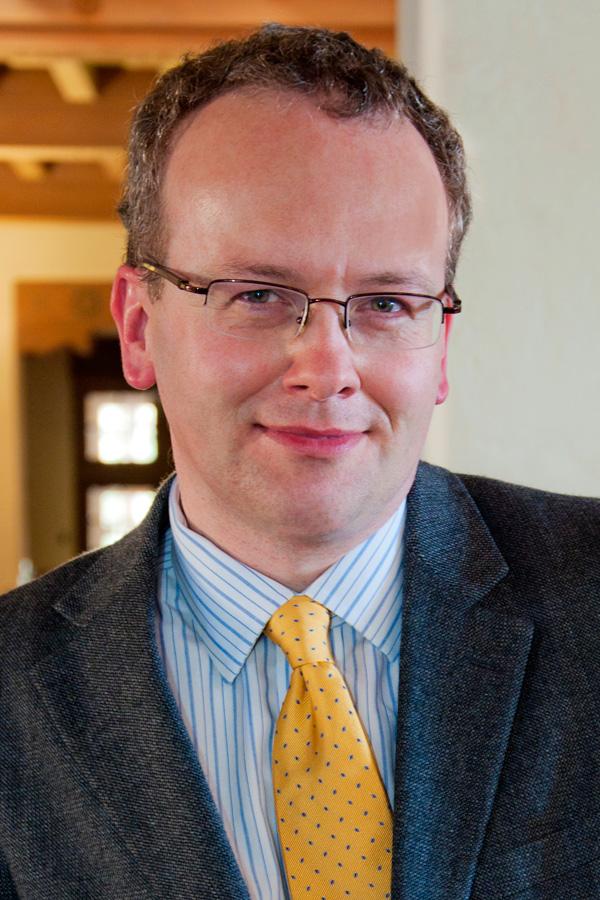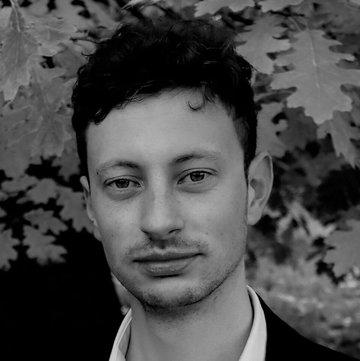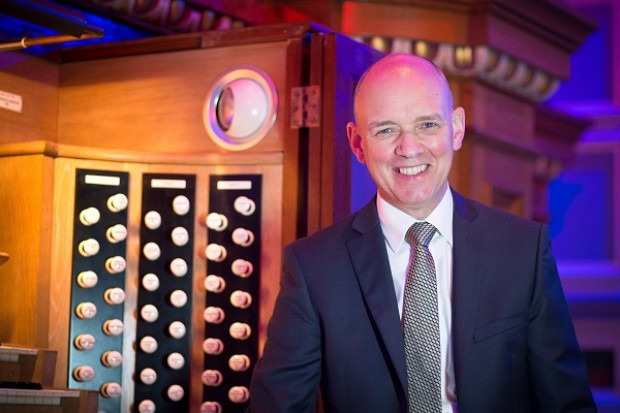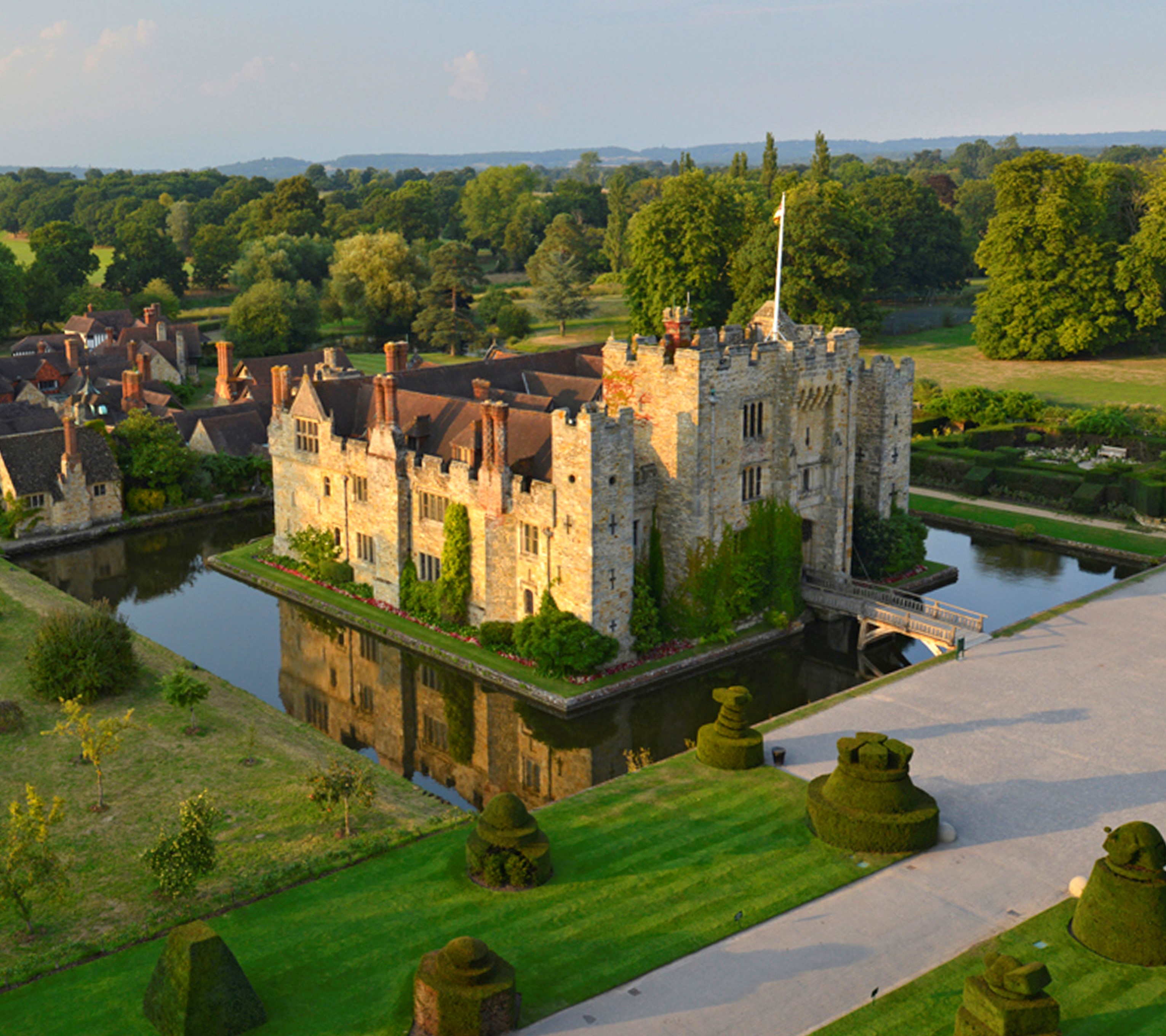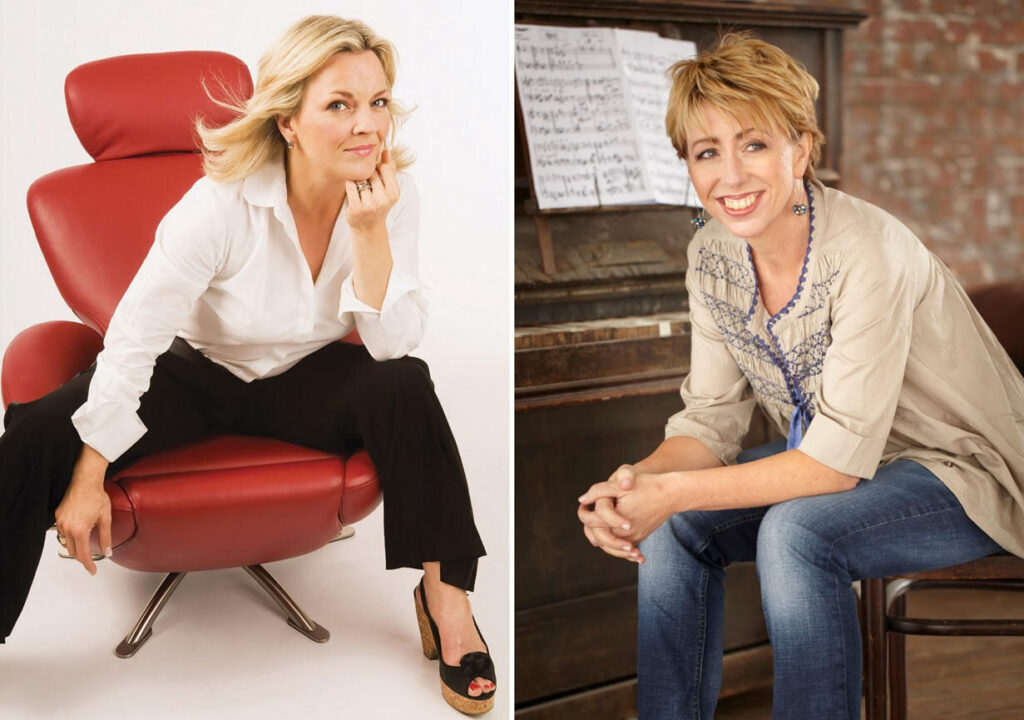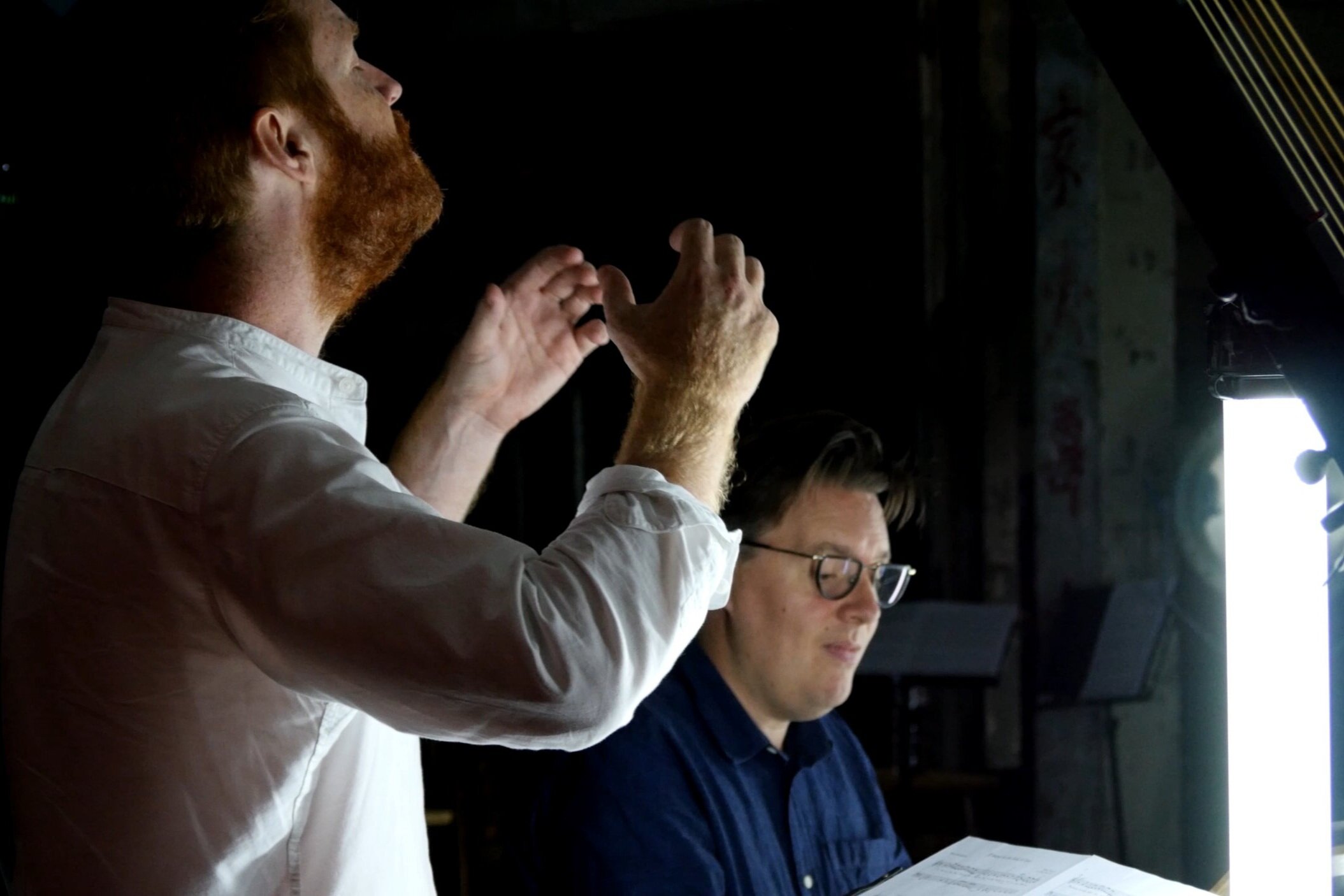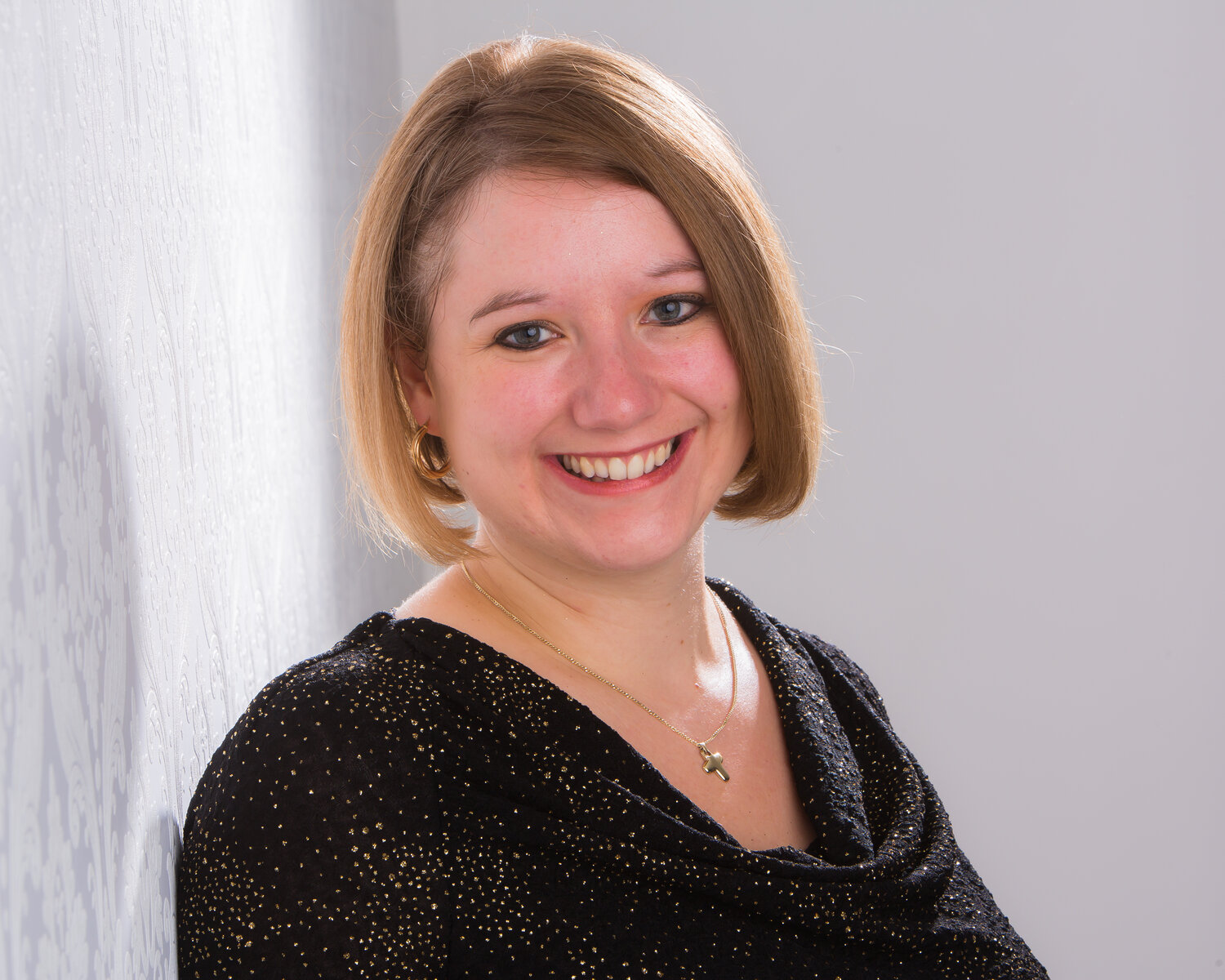 The director of music of Rochester Cathedral, Francesca Massey, brought us a brilliantly executed recital of varied organ music in this latest concert in the series in Hastings Old Town. Throughout the evening she showed a great command of this particular instrument (despite having only met it earlier in the day) with well chosen registrations and some deft stop changes along the way.
The director of music of Rochester Cathedral, Francesca Massey, brought us a brilliantly executed recital of varied organ music in this latest concert in the series in Hastings Old Town. Throughout the evening she showed a great command of this particular instrument (despite having only met it earlier in the day) with well chosen registrations and some deft stop changes along the way.
Mendelssohn’s Prelude & Fugue in C minor opened proceedings and from the opening few bars it was obvious that this was going to be an evening of fine performances. Two pieces by Bach were featured, the gently lilting Trio super Allein Gott in der Hoh sei Her from the Clavierubung part III and later on the wonderfully contrasting Toccata, Adagio & Fugue in C.
A rare treat was the inclusion of Nadia Boulanger’s Trois Pieces, hauntingly beautiful especially with the chosen registrations here. The Allegro from Symphonie II by Vierne brought a welcome reminder of the development of the Romantic French Symphonic style.
Further exploration of some of the quieter aspects of this organ was to be heard in the gorgeous Cantilene improvise, a transcription by Durufle of an early recording of his teacher, Tournemire. This was followed by the percussive and extrovert Fantasia II by Eben.
The final two pieces both had rhythm to the fore. Gardonyi’s Mozart Changes is a clever metamorphosis of classical Mozart into lightly playful jazz. The much more demonstrative Toccata alla Rumba by Planyavsky was a suitably thrilling conclusion to the evening.
A very entertaining and inspiring evening of a wide range of organ repertoire with excellent performances throughout.
Details of the remaining concerts can be found at
www.oldtownparishhastings.org.uk
Stephen Page


 Summer festivals are always somewhat dependant on the weather playing ball. Last night’s Performance of Iolanthe at the Festival Theatre Hever Castle, enjoyed the perfection of a still summers evening, and Charles Court Opera gave us a most entertaining of renditions.
Summer festivals are always somewhat dependant on the weather playing ball. Last night’s Performance of Iolanthe at the Festival Theatre Hever Castle, enjoyed the perfection of a still summers evening, and Charles Court Opera gave us a most entertaining of renditions.